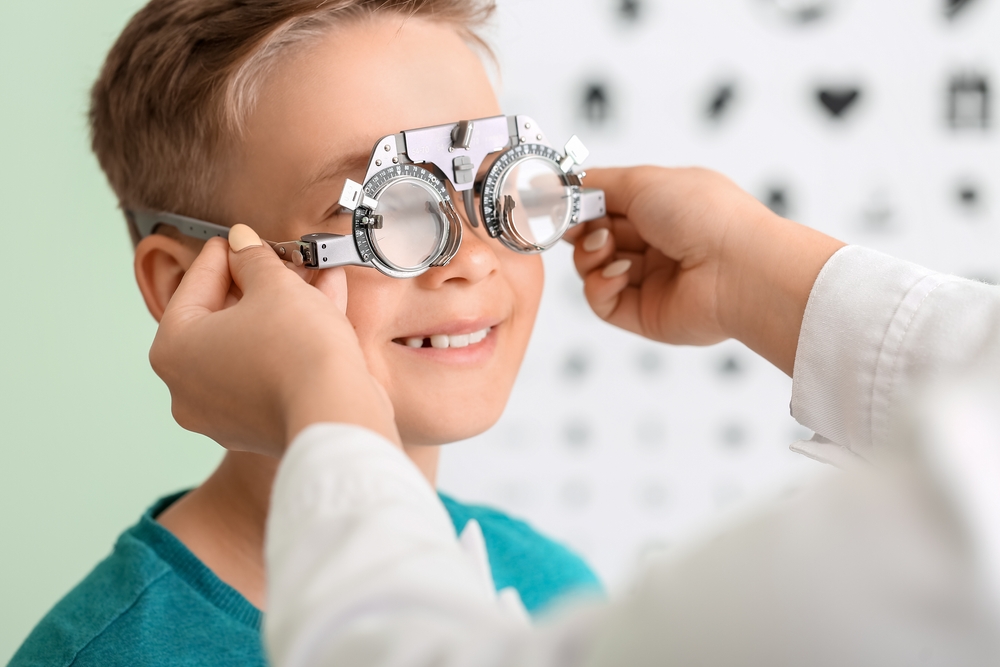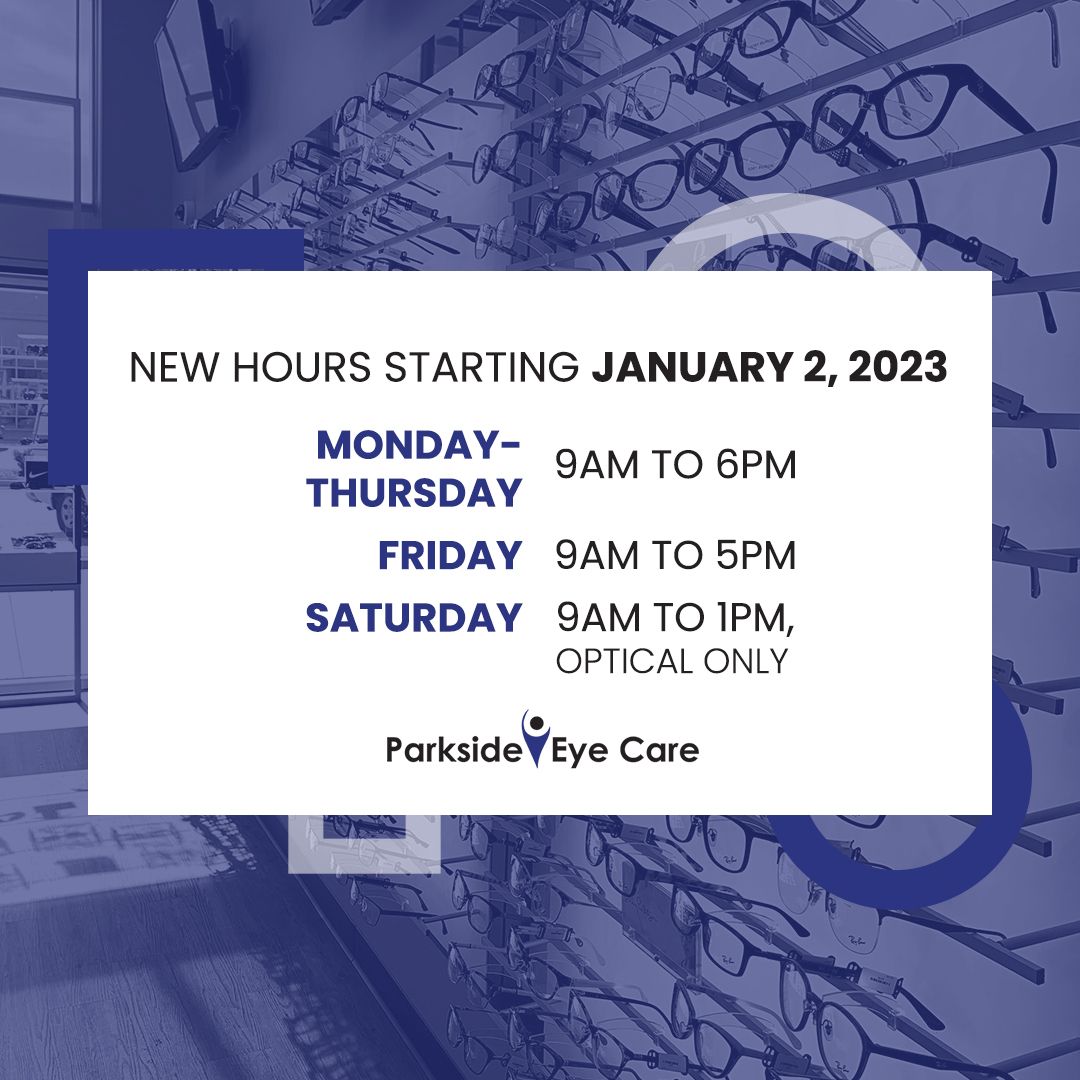
Children's vision problems can manifest in various ways, with a range of symptoms that may not always be obvious. Sometimes, these issues can be mistaken for learning or behavioral problems, so it's crucial to understand what to look out for. While your child may not be able to verbalize or explain what they're experiencing, there are several indicators that parents and caregivers can watch for to identify potential vision issues.
Common Signs of Vision Problems in Children
When it comes to spotting a vision problem in children, there are several signs that parents and caregivers can look out for. These signs may vary depending on the age of the child and the type and severity of the vision problem. However, some common signs include frequent eye rubbing, squinting, poor focusing, and difficulty reading.
Frequent eye rubbing might be an indication of eye strain or discomfort, often a sign of a potential vision problem. Similarly, if your child squints or closes one eye to see better, it could be an indicator of refractive errors like nearsightedness, farsightedness, or astigmatism. Poor focusing or difficulty following an object with both eyes could suggest issues with eye muscle control.
Reading difficulties, such as holding a book too close or avoiding reading altogether, can also be signs of a vision problem. In addition to these common signs, other indications might include tilting the head to one side, frequent headaches, or seeing double. These signs should not be ignored and warrant a visit to an eye care professional.
Understanding the Different Types of Vision Problems in Children
There are several types of vision problems that can affect children, each with its own set of symptoms. Some of the most common include refractive errors, strabismus, amblyopia, and color blindness.
Refractive errors like myopia, hypermetropia, and astigmatism are the most common vision problems in children. These conditions occur when the eye does not bend light correctly, resulting in blurred vision. Strabismus or crossed eyes is a condition where the eyes do not line up in the same direction. This misalignment can lead to amblyopia if not treated early.
Amblyopia, also known as lazy eye, is a condition where one or both eyes do not develop normal sight during childhood, often due to strabismus or significant refractive errors. Color blindness, while not as common, is a condition where a child has difficulty distinguishing between certain colors.
The Importance of Early Detection of Child Eye Problems
Early detection of vision problems in children is vital for several reasons. Firstly, many child eye problems, if detected early, can be corrected or managed effectively, preventing long-term complications or vision loss. Secondly, untreated vision problems can affect a child's performance at school and their overall quality of life.
If a child has difficulty reading or seeing the board in class because of a vision problem, it can lead to poor academic performance, frustration, and decreased self-esteem. Additionally, vision problems can also impact a child's physical abilities, limiting their participation in sports and other recreational activities.
When to Schedule an Eye Exam for Your Child
Knowing when to schedule an eye exam for your child is essential in maintaining their eye health. It's recommended that children have their first eye exam at six months of age, another exam at age three, and again before they start school. From then on, regular eye exams should be scheduled every one to two years if no vision correction is required.
However, if your child exhibits any signs or symptoms of vision problems, an eye exam should be scheduled immediately, regardless of their age or previous exam schedule. Early detection and treatment can significantly improve the outcome and management of many child eye problems.
The Role of Regular Eye Exams in Maintaining Children's Eye Health
Regular eye exams play a crucial role in maintaining children's eye health. These exams not only help detect vision problems early but also ensure that your child's vision is developing normally. Eye exams can identify issues that might not be apparent through observation alone, such as refractive errors or color blindness.
Regular eye exams can also detect signs of other health conditions that can affect the eyes, such as diabetes or high blood pressure. By scheduling regular eye exams for your child, you're taking an important step in safeguarding their vision and overall health.
Conclusion
Understanding the signs and symptoms of vision problems in children is crucial for early detection and treatment. Regular eye exams play a pivotal role in maintaining children's eye health and ensuring their vision develops normally. By staying vigilant for signs of vision problems and scheduling regular eye exams, you can help ensure your child's eyes remain healthy and their vision clear.
For more on signs and symptoms of vision problems in children and when to schedule an eye exam, visit Parkside Eye Care at our office in Cary, North Carolina. Call (919) 883-9987 to book an appointment today.














